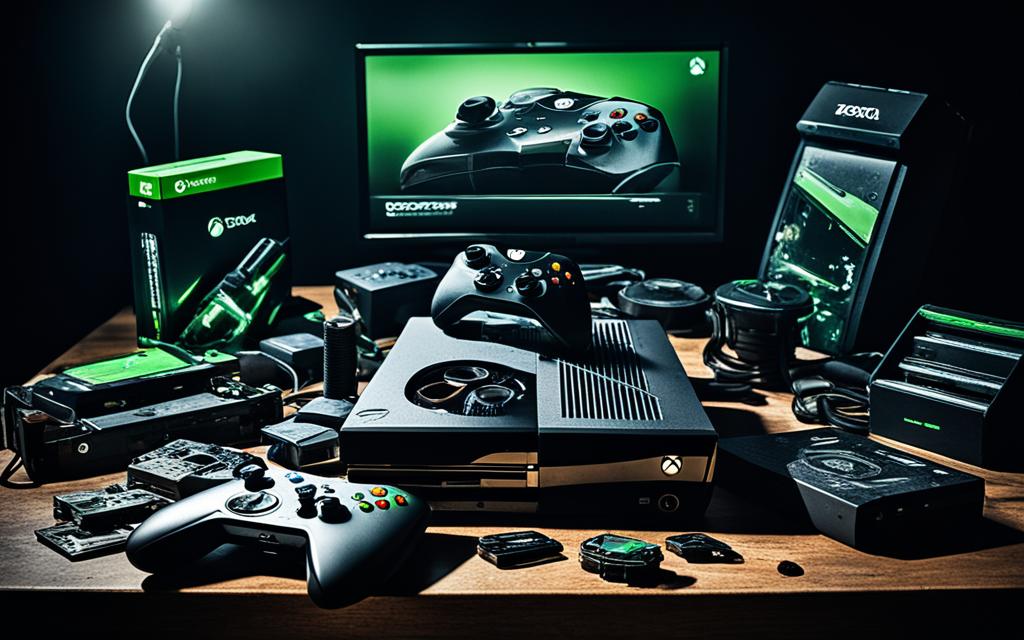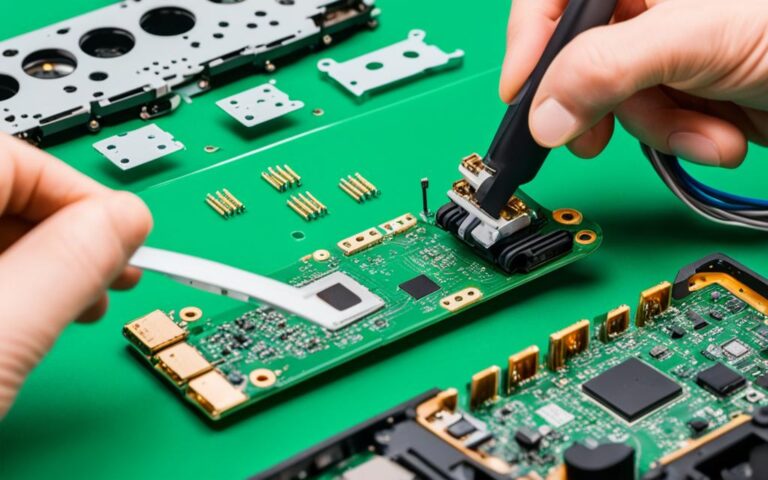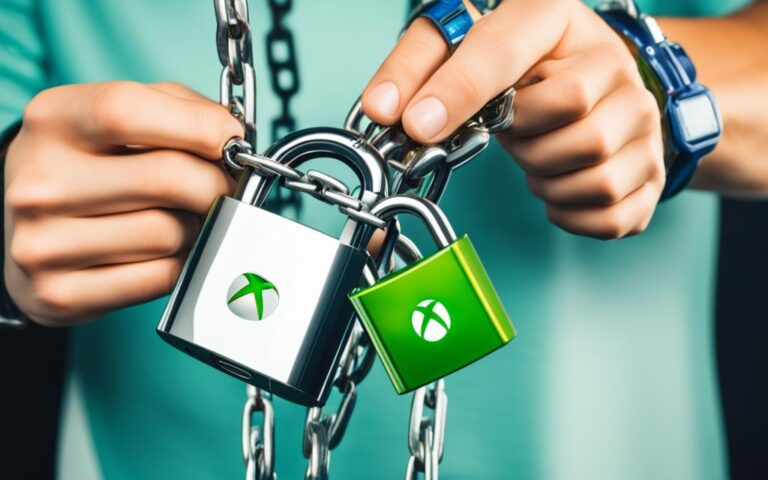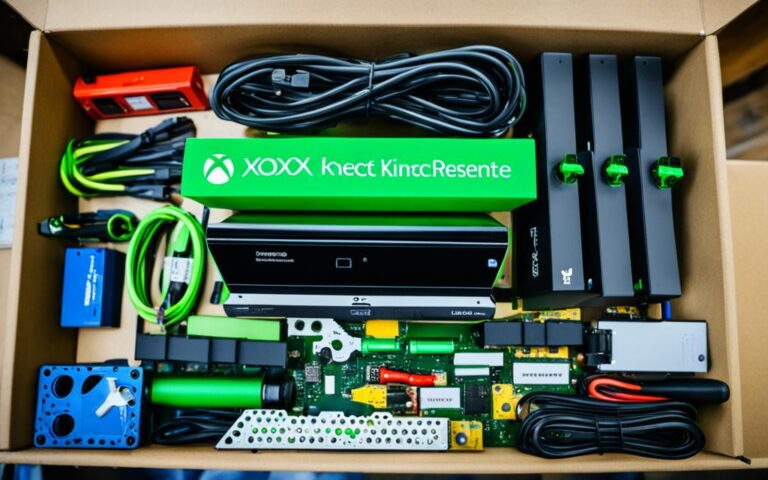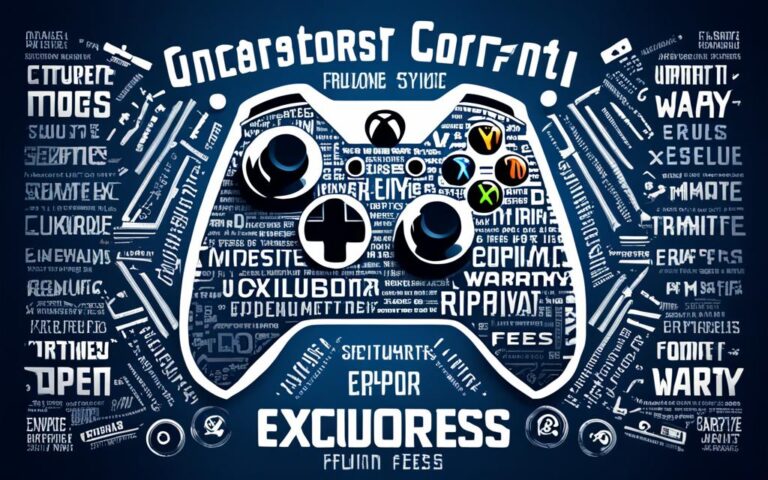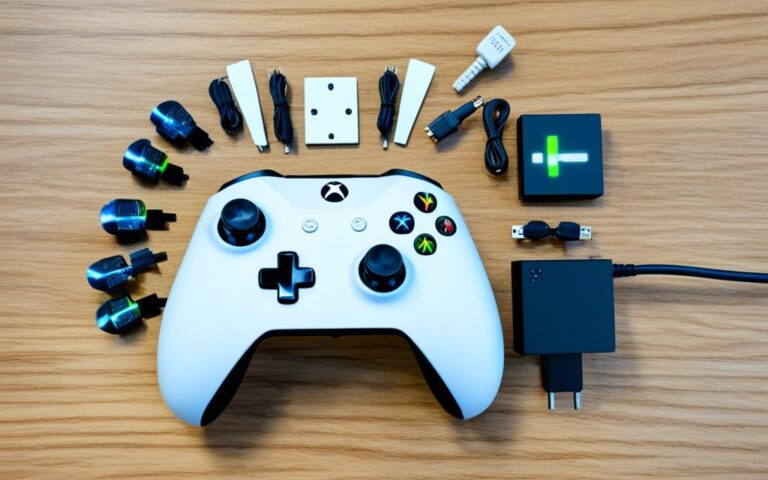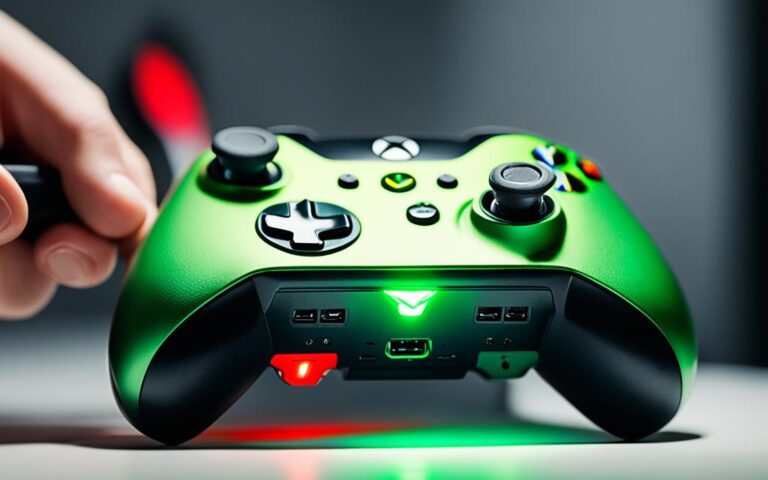The Psychology Behind Xbox Repairs: Attachment and Nostalgia
When it comes to Xbox repairs, there’s more than meets the eye. It’s not just about fixing a broken console; it’s about something deeper – attachment and nostalgia. Nostalgia, that sentimental longing for the past, plays a significant role in the emotional connection gamers have with their consoles.
The term “nostalgia” originated from the Greek words “nostos” (returning) and “algos” (suffering), and it refers to a longing to return to the way things were. Xbox has been around for a long time, and many people look back nostalgically on their gaming experiences from the past. This emotional attachment drives the desire for repairs and the preservation of old consoles.
The Influence of Nostalgia on Gamers
Research has shown that video games have the potential to elicit more nostalgia than any other medium. Nostalgic experiences in gaming often involve positive memories of playing with friends, creating social connections, and enjoying couch co-op experiences. Nostalgia in video games is not only about the games themselves but also about the social interactions and relationships developed through gaming. Gamers often associate their identity and self-concept with their gaming experiences, especially during their formative years. This emotional connection to the past drives the desire to preserve and repair old consoles like Xbox.
The power of nostalgia cannot be underestimated in the gaming world. It has the ability to transport gamers back to a simpler time, when playing video games was filled with joy and excitement. Nostalgic memories create a sense of longing for the past and a desire to relive those memorable moments. Gamers seek to recreate those experiences by preserving and repairing their beloved Xbox consoles, holding onto the emotional attachment they have developed over the years.
“Nostalgia is a powerful emotion that can evoke feelings of happiness, comfort, and a sense of belonging. It is no wonder that gamers hold onto their old consoles, as they are a source of nostalgia and a connection to their gaming memories.”
Furthermore, nostalgia in gaming is not limited to individual experiences but also encompasses shared memories with friends and loved ones. Playing multiplayer games together, forming alliances, and overcoming challenges as a team create lasting bonds and cherished memories. These social interactions add an extra layer of emotional attachment, contributing to the importance of preserving and repairing old consoles like Xbox.
- Nostalgic experiences in gaming involve:
- Positive memories of playing with friends
- Creating social connections
- Enjoying couch co-op experiences
This emotional attachment to gaming consoles is not exclusive to Xbox users. Gamers across different platforms experience a similar level of nostalgia and emotional connection to their consoles. However, for Xbox gamers, the allure of preserving and repairing their consoles is enhanced by the unique gaming experiences and memories associated with the Xbox brand.
The Impact of Nostalgia in Gaming
The impact of nostalgia in gaming extends beyond the emotional attachment to consoles. It also has a significant influence on purchasing decisions, gaming preferences, and brand loyalty. Gamers who have a strong nostalgic connection to a particular console or game are more likely to repurchase or invest in remastered versions. They seek to relive the nostalgia and recapture the emotions associated with those cherished memories.
| Impact of Nostalgia in Gaming | Examples |
|---|---|
| Influence on Purchasing Decisions | Gamers repurchasing remastered versions of nostalgic games |
| Preference for Nostalgic Games | Gamers seeking out retro-inspired games |
| Brand Loyalty | Gamers remaining loyal to a specific console brand due to nostalgic attachment |
Understanding the influence of nostalgia on gamers is crucial for game developers and marketers. By tapping into the emotional attachment and nostalgic experiences associated with gaming, they can create engaging advertisements, develop remastered versions of beloved games, and foster brand loyalty. The power of nostalgia should not be overlooked, as it holds immense potential for connecting with gamers on a deep and personal level.
The Role of Emotions in Gaming Memories
Emotions play a significant role in forming and remembering gaming memories. When it comes to nostalgic experiences, a mix of joy and sadness is often present, creating a bittersweet feeling. Recalling positive memories not only puts individuals in a more positive mood but also enhances their sense of social connectedness with others.
Gaming memories are not limited to a single emotion; rather, they can be a complex combination of various emotions such as joy, sadness, fear, anger, and disgust. It is this emotional rollercoaster that creates a sentimental attachment to the past and contributes to the nostalgia experienced by gamers.
Recalling the Journey: Joy and Sadness
The joy of completing a challenging level, the satisfaction of defeating a difficult boss, or the excitement of discovering a hidden easter egg all contribute to positive gaming memories. On the other hand, the sense of loss when leaving a beloved virtual world or the disappointment of a failed mission can evoke feelings of sadness. The mixture of these emotions creates a lasting impression that makes gaming memories so powerful.
A Sense of Belonging: Social Connectedness
Gaming memories are not just about the games themselves but also about the connections and friendships formed through gaming. Collaborating with friends in multiplayer battles, sharing strategies, or experiencing the thrill of competition together all contribute to a sense of social connectedness. These shared experiences and emotions strengthen the attachment to gaming memories and foster a sense of belonging within the gaming community.
A Multifaceted Emotional Journey
Gaming can evoke a wide range of emotions beyond joy and sadness. Fear that intensifies during a terrifying horror game, anger towards a challenging opponent, or disgust caused by disturbing in-game visuals all shape the gaming experience. These diverse emotions add depth to gaming memories, making them rich and multifaceted.
In Summary
The role of emotions in gaming memories cannot be understated. The mix of joy, sadness, and other emotions creates a sentimental attachment to the past, fueling the nostalgia experienced by gamers. The diverse emotional journey experienced through gaming enhances the overall impact and significance of gaming memories, strengthening the bond between gamers and their cherished moments in the virtual world.
The Connection Between Memory and Emotion
Memories and emotions are closely intertwined within the complex network of the brain. It is through the interaction of these two processes that our experiences and attachments are formed. When we reminisce about past gaming experiences, both memory and emotion play a significant role in shaping our nostalgic connection to those moments.
The activation of stress hormones released by the adrenal glands triggers the amygdala, a key structure in the brain responsible for processing emotions. It is the amygdala that associates emotional significance with new memories, forging a lasting link between our experiences and how we feel about them. This connection is particularly evident when it comes to the nostalgic emotions evoked by gaming.
Unlike traditional forms of media, memories are not stored in specific locations within the brain. Instead, they exist as patterns of synapses, or connections, between neurons. When we recall a memory, we engage in the intricate process of piecing together the scattered fragments of information stored throughout our neural networks.
However, human memory is not infallible. It can be influenced by external factors or distorted by false information. Despite its fallibility, memory still holds immense power in shaping our emotional attachment and nostalgia for past gaming experiences. The retrieval of a cherished memory can flood us with a rush of emotions, transporting us back in time to relive the joy, excitement, and camaraderie of those gaming moments.
Let’s now explore further the impact of memory and emotion on gaming nostalgia through a detailed table:
| Factors | Effects |
|---|---|
| Memory | Forms the foundation of nostalgic experiences. Recalled memories trigger emotional responses and contribute to the overall attachment to past gaming experiences. |
| Emotion | Induces a range of feelings associated with gaming memories, including joy, excitement, and social connection. Emotions serve as a catalyst for the formation of deep emotional bonds to gaming experiences. |
| Attachment | Created through the combination of memory and emotion, attachment to past gaming experiences fosters a sense of nostalgia and a desire to preserve and repair old consoles, such as Xbox, which hold sentimental value. |
This table outlines the significant role that memory, emotion, and attachment play in shaping gaming nostalgia. By understanding the intricate connection between these factors, marketers and game developers can harness this powerful emotional bond to create engaging advertisements and products that resonate deeply with gamers.
The Impact of Age and Gender on Nostalgic Response
When it comes to nostalgia, age and gender can significantly influence an individual’s response. Past memories and age, in particular, have been found to play a crucial role in shaping consumers’ reactions to nostalgic advertisements. However, gender, nostalgia proneness, and a consumer’s affective state do not have a substantial impact on the response to such advertisements.
Understanding how past memories and age can influence consumers is essential for marketers. By recognizing these factors, marketers can design nostalgic advertisements that resonate with their target audience, ultimately driving engagement and emotional connection.
Age:
Age has a significant effect on how individuals respond to nostalgic experiences and advertisements. Research has shown that younger individuals, such as millennials and Gen Z, are more likely to engage with nostalgic content related to their formative years or childhood. These age groups often have stronger emotional ties to specific cultural references from the past, whether it’s music, fashion, or entertainment.
Older individuals, on the other hand, may respond more to nostalgic content that relates to their teenage or early adult years. For example, a nostalgic advertisement featuring a classic video game console like the Xbox may have a more significant impact on the emotional response of older individuals who grew up playing those games.
Gender:
Contrary to popular belief, gender does not seem to have a significant influence on the response to nostalgic advertisements. Multiple studies have found that both men and women engage with nostalgic content and advertisements in similar ways, showing no substantial differences in their emotional responses.
Although age and gender are factors to consider when designing nostalgic advertisements, they do not solely determine an individual’s response. Other elements, such as personal experiences and preferences, can also impact how consumers connect with nostalgic content.
Creating Nostalgia through Advertising
Marketers can leverage the emotional power of nostalgia by incorporating familiar elements from the past into their advertisements. By evoking memories and tapping into the collective nostalgia of their target audience, brands can create a sense of connection, familiarity, and positive emotional response.
One effective strategy is to use recognizable icons or imagery from a particular era or time period. For example, an Xbox advertisement could feature retro gaming graphics or a montage of popular Xbox games through the years. By aligning the brand with these nostalgic references, marketers can elicit a strong emotional response that resonates with gamers of different ages and genders.
Furthermore, storytelling plays a crucial role in creating a nostalgic experience. By crafting narratives that evoke emotions tied to shared memories and experiences, marketers can foster a sense of belonging, nostalgia, and attachment to the brand.
| Age Group | Nostalgic Response |
|---|---|
| Youth (Millennials and Gen Z) | Strong emotional ties to formative years or childhood references. More receptive to nostalgic content related to specific cultural references from their past. |
| Adults (Gen X and Baby Boomers) | Emotional connection to teenage or early adult years. Respond more to nostalgic content that reflects their personal formative experiences. |
Understanding how age and gender influence the nostalgic response can inform marketers’ strategies and help them create impactful advertisements that resonate with their target audience. By leveraging the power of nostalgia, brands can forge stronger connections with consumers and establish a lasting emotional bond.
The Effectiveness of Nostalgic-Themed Xbox Advertisements
Nostalgic-themed advertisements have become increasingly popular in marketing. By associating the Xbox brand with positive references from the past, marketers aim to humanize the brand and create a connection between the past and the present.
When it comes to the effectiveness of nostalgia-themed Xbox advertisements, several factors come into play. Past memories, age, and the emotional response of consumers all influence the effectiveness of these advertisements. Understanding these factors allows marketers to design advertisements that evoke nostalgia and resonate with the target audience, ultimately driving consumer engagement and brand loyalty.
By tapping into the emotional attachment gamers have towards their Xbox consoles, nostalgic-themed advertisements can create a sense of longing and desire for the product. These advertisements create a bridge between the positive experiences gamers had in the past and the current capabilities and innovations of Xbox.
The nostalgic-themed advertisements can leverage elements such as iconic game characters, memorable game soundtracks, or even recreating gameplay experiences from the past. By evoking fond memories and emotions associated with these nostalgic elements, the advertisements can capture the attention and interest of gamers.
Effective Strategies for Nostalgic-Themed Xbox Advertisements
When designing nostalgic-themed Xbox advertisements, marketers should consider the following strategies to maximize their effectiveness:
- Identify the target audience’s nostalgic triggers: Conduct market research to understand which nostalgic elements resonate most with the target audience. This could involve surveying gamers about their favorite Xbox games, consoles, or gaming experiences from the past.
- Create visually captivating content: Utilize visual elements such as graphics, images, and videos that showcase both the nostalgia-inducing elements of the past and the cutting-edge features of the present Xbox consoles.
- Employ storytelling: Craft narratives that tap into the emotional journey of gamers, highlighting how their gaming memories have shaped their lives and the role Xbox has played in those moments.
- Utilize influencers and gaming communities: Collaborate with popular influencers or engage with gaming communities to amplify the reach and impact of nostalgic-themed Xbox advertisements. This approach can harness the power of shared experiences and create a sense of community among gamers.
Ultimately, the effectiveness of nostalgic-themed Xbox advertisements lies in their ability to strike an emotional chord with gamers. By understanding the factors that influence this emotional connection, marketers can design advertisements that authentically capture the essence of nostalgia and succeed in attracting and engaging their target audience.
Conclusion
The emotional attachment and nostalgia gamers feel towards their Xbox consoles play a significant role in driving the desire for repairs and preservation. Nostalgic experiences in gaming create an emotional bond with the past and a sense of social connectedness. Understanding the psychology behind Xbox repairs and the influence of attachment and nostalgia can help marketers and game developers tap into these emotions to create engaging advertising campaigns and products that resonate with gamers. Ultimately, the power of attachment and nostalgia can strengthen the relationship between gamers and the Xbox brand.
